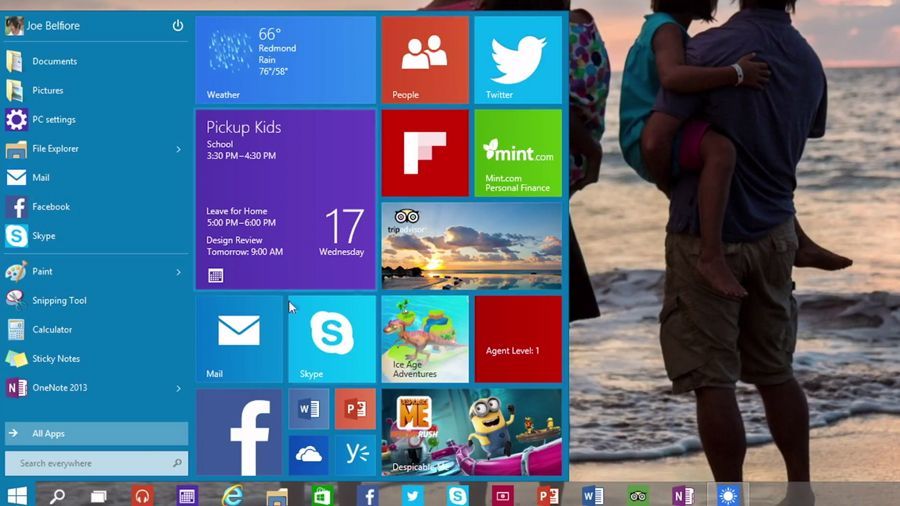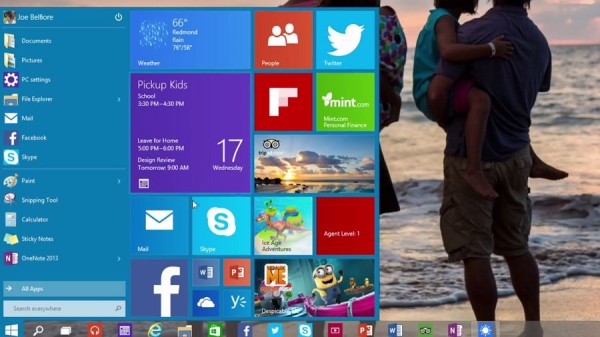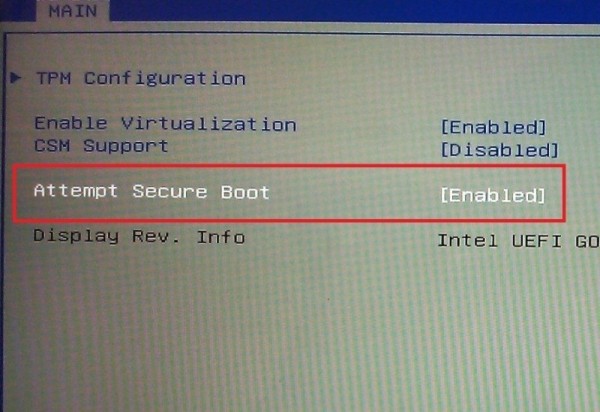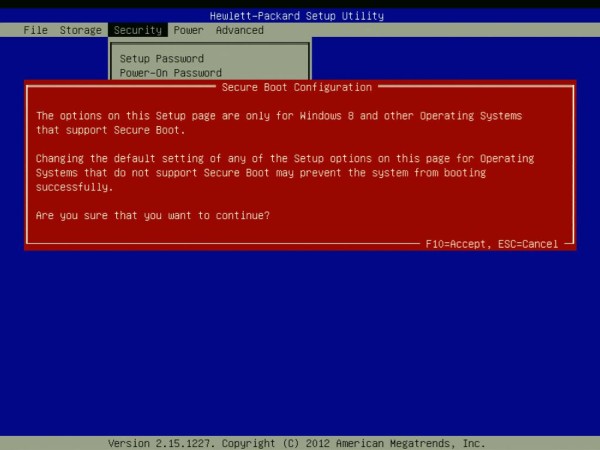
Microsoft has just recently announced that they plan to push through what they started when they launched Windows 8—securing the computer against operating systems other than their own. That plan even includes old Windows versions that are no longer part of the bigger picture (XP). That struck fear in the hearts of the open source community and computer enthusiasts and struck a chord in the nerves of the business community who were not ready to relinquish their freedom to choose their operating systems. Some people have as many operating systems as they have partitions on their hard disks. It’s fun and challenging to do, no doubt about it. Microsoft however plans to finish the job it started by making disabling secure boot optional, not mandatory. When that happens, is that users won’t be able to boot any other operating system other than what the OS sticker on the case says. Will that scenario be really possible? Is Microsoft ready for a possible major backlash that could mar the release of their much anticipated operating system? Are they willing to risk the ire of many users who prefer total control and ownership of their machines to pursue their vision of total Windows 10 hegemony? Or Windows 10 will be good enough that Secure Boot is nothing to be worked up about?
Many computer users especially the advanced, are very much advocates of freedom. They buy a machine, they expect total control. They want it customized, both outside and inside. So what if it’s bundled with the latest Windows version when they need it to run their favorite Linux distro or when they need it to develop for a particular OS? Company system administrators may actually be instructed to install Windows 7 or Windows XP on a spanking new Intel Core i7 Haswell, 4GB, 500GB SSD machine. If casual users find out and understand what’s going on and are not ready for the Windows 10 transition, they might just keep their old systems instead.
Security
Secure boot is just what it is, to secure the boot process to ensure that nothing else but the operating system assigned to the machine gets booted. Modern malware can actually usurp the boot process and start themselves before the operating system starts. Secure boot makes sure that only the OS’s stored boot signature will be recognized by the machine. It’s actually a security feature and not a conspiratorial control method if it wasn’t promoted by the likes of Microsoft. The Open Source Community now has a paranoid stance on Microsoft’s plans.
More like Appliances
Nowadays, the PC is practically like most appliances and now has more in common to personal radios. You can play whatever music you want but you can’t tinker with what’s inside unless you’re an expert. The new Macbook for example doesn’t offer much leg room for upgrades and only has one port. Expert users can only do so much with it while for casual users, it’s an iPad with a keyboard. With Secure boot that can’t be turned off, PCs will be stuck with one operating system like whatever system runs a TV set. Casual users are expected to enter into such thinking if they haven’t already. Why mess with whatever system’s inside the TV set that controls the programming?
Remember the PlayStation
Of course open source advocates and expert users wouldn’t want that to happen. We need our Linux, we need our Mac OS, we need BSD, we need UNIX and we want to stick XP in just because we want to play our old games. Remember how the Sony Playstation implemented regional locking? It didn’t work out so well in the Asia Pacific region and there, PS Ones were sold modified or hacked to play any region CDs out of the box. So there’s hope that manufacturers will pull back on deciding to make secure boot permanent if sales take a nosedive.
Not Everything
OEMs do reserve the right to make their systems secure after all. In Microsoft land, the decision to make secure boot optional is basically reserved for mobile devices, cellphones, tablets, including laptops. Desktops on the other hand, especially DIY assembled ones, get to keep their mandatory secure boot off switch. So the realm of business users get to keep their XPs and 7s for now, as long as they order custom assembled desktops. The same goes for DIYers at home. In the mobile and branded desktop realm however, OEMs are free to choose to stick with secure boot. If Windows 10 turns out as good as the hype, there’s not much to worry about.
Possible Solutions
And if the plan pushes through and OEMs and major brands decide to stick to secure boot, then it would be impossible to downgrade Windows 10 machines to Windows 8.1 and Windows 7. The open source community would go nuts for not being allowed to install any Linux distribution over Windows 10 on new machines. The PC world will truly be divided among Wintel, Macs and Chromebooks and Canonical might enter some deal with manufacturers for secure boot Ubuntu versions.
Companies such as Red Hat and Canonical can also come out with their own laptop version similar to Google’s Chromebook. Laptops that come with Ubuntu can be reset to load Mint, Puppy, Debian and any other Linux distro.
OEMs have the option to create firmware updates in their websites’ support pages for download to be able to disable secure booting. With such a tool, users can choose between shutting down secure boot and keeping it. Manufacturers will be free to deploy with secure boot turned off.
New PCs stuck on secure boot can still function much like Sheldon Cooper’s multi-OS computer by using Virtual Machines, provided Microsoft’s Hyper-V allows it. Hopefully, Hyper-V could do the job. As long as there’s a lot of disk space, users can have as many virtual machines as they want in their Windows 10 computer.
The coming of Windows 10, Spartan, Holo Lens and all the other new stuff is kind of exciting. Microsoft may have generated enough backlash with Windows 8 to make it look like an apologetic underdog. Hopefully, optional secure boot works out or it will sound like a low growl that will make users shrink back from petting the underdog.




